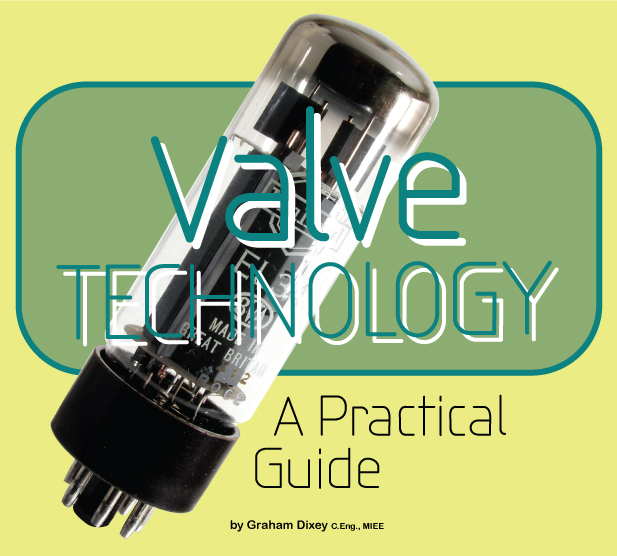|

Introduction
It was the invention of the valve and its subsequent development that ushered in the age of electronics, It reigned supreme, for the first half of the 20th century and into the beginning of the second until gradually, at first and then quite rapidly, it was elbowed out by the transistor (the discrete form of this was in turn, largely displaced by the advent of more and more complex integrated circuits).
Virtually every practical application of electronics bowed to the might of the silicon devices. To the average person 'in-the-street', the impact was felt in the influence of modern electronics on the performance and physical appearance of domestic items, such as TV receivers, radios and Hi-Fi systems, the viability of compact video equipment, in fact the whole way of modem life. Hence, in view of the obvious advantages of solid state electronics – small size, long life and reliability, economy of operation and so on it is perhaps surprising that, in recent years, there has been a resurgence of interest in valves,
This is especially true with regard to their use in Hi-Fi amplifiers, where aficionados claim that they give a better sound than their 'silicon sisters', particularly under overload conditions, and there is more to this than mere Hi-Fi snobbery. It is fair to say though that the current generation of young electronics enthusiasts, amateur or otherwise, having completely missed out on the valve age, might make the mistake of dismissing valves as 'extinct dinosaurs'. Perhaps they might at least like to gain some understanding of the basic principles of the devices themselves and the circuits in which they can be used, even to the extent of wiring them up and having a go (and you can get quite hooked on these fascinating and quaint gadgets). Who knows – you might even find an application where a valve works better than anything else that you have tried! The aim of this series is to satisfy the curiosity of such readers in a way which, it is hoped, will be both informative and entertaining.
In the original typeset article the maths was set out as conventional multi-line. In this HTML version the maths is presented in single line format. To represent an exponent, say ten to the power three i.e. ten cubed or 1,000 the standard format 10-3 is used.
A Little History
The history of the thermionic valve begins in 1883. Thomas Edison, while experimenting with electric lamps, discovered that a current can be made to flow in a vacuum, from the hot filament to a positively charged metal plate also within the bulb. Later, a Professor Fleming investigated this effect further and noticed that, when an alternating voltage was applied between the filament and the metal plate, current only flowed on alternate half-cycles – in other words, rectification was taking place. He took out a patent for this in 1904. Shortly afterwards, a Doctor Lee de Forest found that, by interposing a wire grid between the filament and the plate, the current flow could be controlled. These two devices were known, respectively ,as the diode and the triode, and between them they ushered in the branch of the physical sciences that today we call 'electronics'.
Many thanks to Roger Lawson for the loan of the final article so that this series could be complete.
See also The Original Mullard 5-20 Amplifier, One kW Audio Amplifier and A Low Cost Valve Amplifier.
Elevators use a variety of other types of valves in their design. Shut off valves, rupture valves, and control valves are used in elevators and elevator maintenance.
|